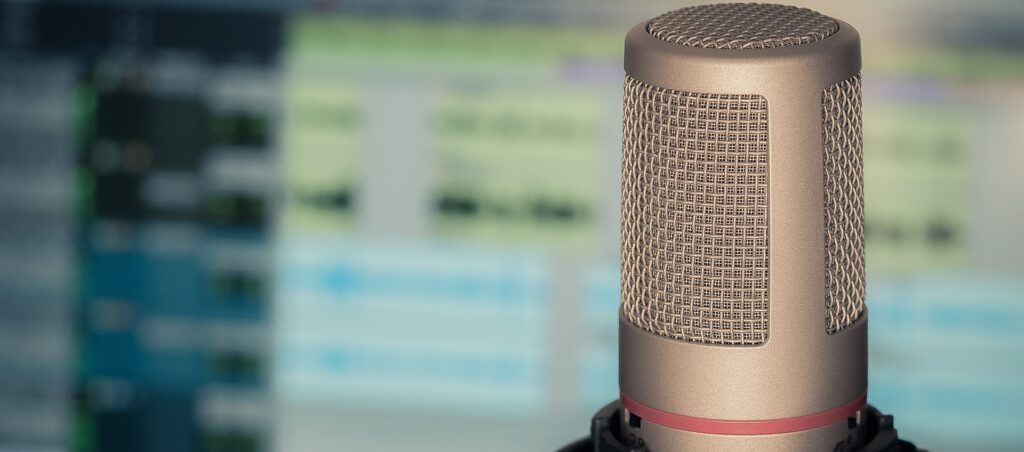Even if you’ve got years of experience under your belt, starting a new mix is always overwhelming. Like the blank page facing a writer, getting started is often the hardest part. And once you begin, you never know where you’ll end up or if you can ever come back. The process of mixing involves numerous moves, some large and confident, others small and modest. The major parts of mixing are pretty well known: EQ, compression parameters, volume, effects, etc. But amidst all the normal motions you’ll go through when mixing, some subtle, unique mixing tricks lie in wait.
These audio mixing tricks are sometimes just offshoots of the main mixing techniques. Sometimes it’s less about the move itself and more about what’s done with it. And while these tricks aren’t necessary for every production, they can serve as powerful and simple tools for a mix in need of that special something. Maybe a mix element lacks clarity. Maybe the entire song lacks dynamic intrigue. Whatever the case, let’s take a look at four of these mixing tricks that can go a long way.
1. Mixing Tricks: Distorting for Clarity’s Sake
We touched on this technique a bit in our discussion of the aural exciter. If you recall, an exciter acts a bit like a distortion effect as well as an equalizer. Using an exciter can make certain mix elements, like vocals or drums, more present in the mix. You might wonder how distorting an instrument could possibly clarify it.

Distortion occurs in an overloaded signal. The surplus of sonic data cannot be contained, so the waveform is squashed and distorted to make it fit, so to speak. With this distortion comes additional harmonic overtones. So yes, distortion certainly roughens up the raw data. But a little bit of distortion can go a long way in the context of the entire mix. This has to do with how frequencies interplay.
Let’s say a brass section sounds a bit flat and can’t stand out against other mix elements of similar frequencies. If you want to make this section pop, you could increase its volume, try panning it, or EQ it a bit differently. These are all viable options, but they aren’t always completely effective. By adding light distortion to the section, you can emphasize some of the harmonics present in the instrument. This will bring it forward and give the section its own identity.
2. Doubling, Tripling, Quadrupling…
Most of the pros will tell you to keep it simple, that less is more, etc. They’re usually right, of course. But you can keep things simple while still adding layers. These layers can be copies of pre-existing tracks. It might seem odd to copy and paste a track that already exists. Why bother when you already have it? Dynamics, of course!
We’ve already examined why doubling vocals and guitar tracks can add dynamics and greater depth to your mix. But the doubling doesn’t need to stop there. You can go even further and triple a track (or even quadruple)! The key here is to slightly alter the duplicate tracks. This might mean re-tracking another version, panning them to different sides, adding reverb or distortion, compressing one harder, etc. Try duplicating sections you really want to stand out. Even drums can be doubled or tripled, especially when using parallel compression.
3. Pitch Shifting for Thicker Vocals
This trick follows directly from the previous one. Some of us think of pitch correction as a crutch, a tool used solely for vocalists who can’t hit the right notes. But pitch-shifting can also add dynamics to a vocal line when done carefully.

Start by recording a solid vocal line. Take that track and make two copies. With each copy, slightly shift the pitch up or down 5 to 10 cents and pan them to opposite sides. Then lightly mix these in with the original vocal track and add some reverb or delay. This should result in a much bigger, thicker vocal line. The slight differences in pitch will make the entire vocal section stand out.
4. EQing in Mixing Context
This might stand as one of the most important mixing tricks for vocals. We’re often tempted to EQ in solo, which is one of the common mixing techniques for clarity. This makes sense, of course. We want to make sure the snare pops, the vocals shine, and the bass booms. However, EQing in solo can cause more problems in the end. The mix needs to work as a unit, after all. Even if your kick drum sounds pristine on its own, it won’t matter if it gets lost in the mix or overpowers everything else, which highlights the importance of creative mixing solutions.

You can EQ in solo at first using your digital mixer to get mix elements generally where you want them. But as you go, always mix with EQ in context. By keeping the whole mix there, you won’t end up going too far. We’ve used the painting analogy before, but it works well. A single color might pop on its own, but it disappears when mixed with several similar colors. Contrast, balance, tone, and texture matter. These can only be achieved when viewing the sum of the parts.
Conclusion
These are but a few mixing tricks among hundreds. Whenever you feel your mix lacks something, try implementing one or two of these. Don’t be afraid to experiment a bit, but be wary of the audio mixing myths. Nothing is sacred here. You just might end up with the secret sauce you needed to drive that mix home.
À propos de l'auteur

Ethan Keeley
Rédacteur, chanteur, musicien et monteur audioEthan Keeley est un musicien, un doubleur et un écrivain de Rochester, dans l'État de New York. Lorsqu'il n'est pas en tournée avec son groupe Unwill, il travaille sur de nouvelles chansons et histoires.
Laisse un commentaire
Connecte-toi pour commenter.


